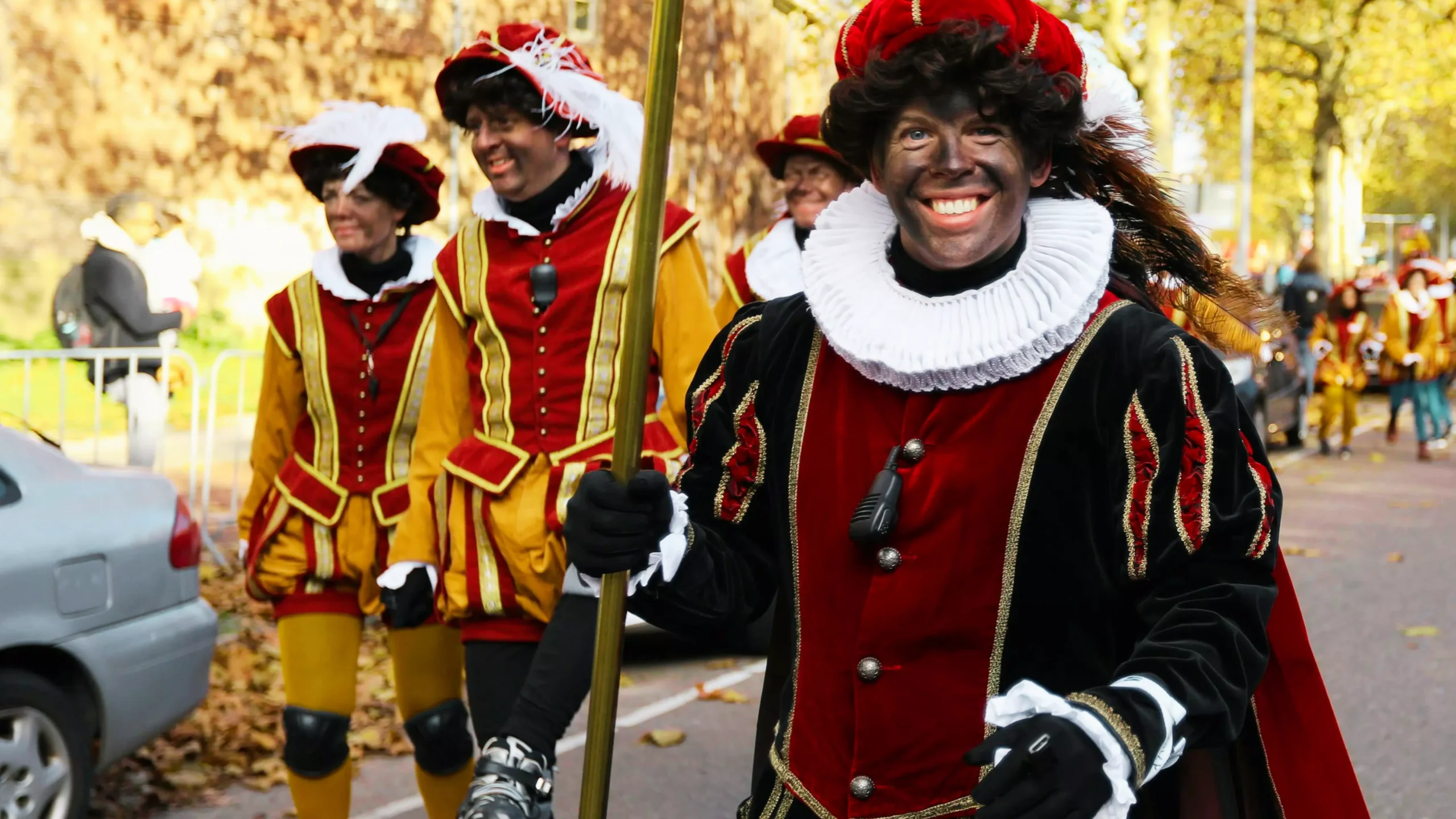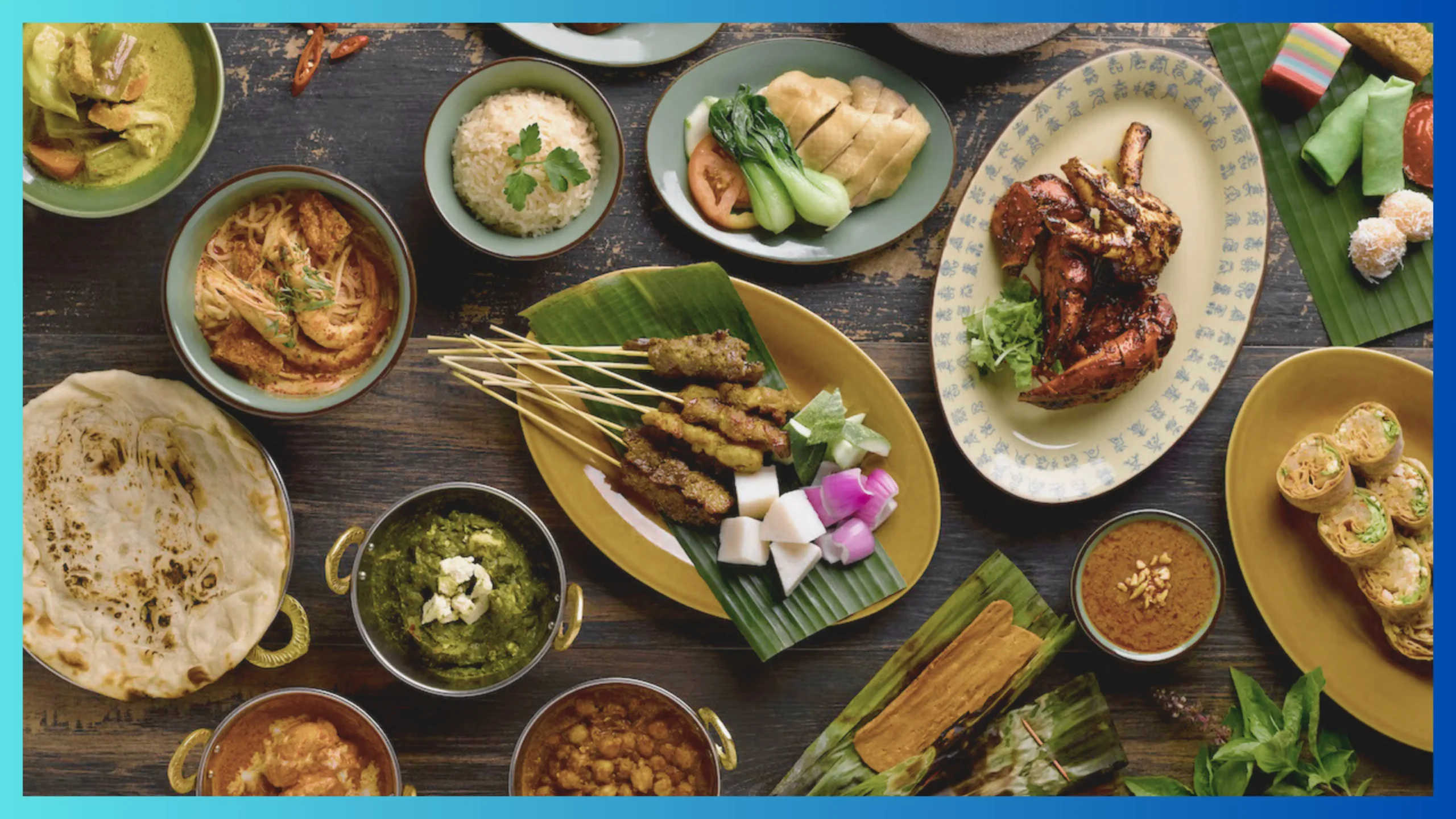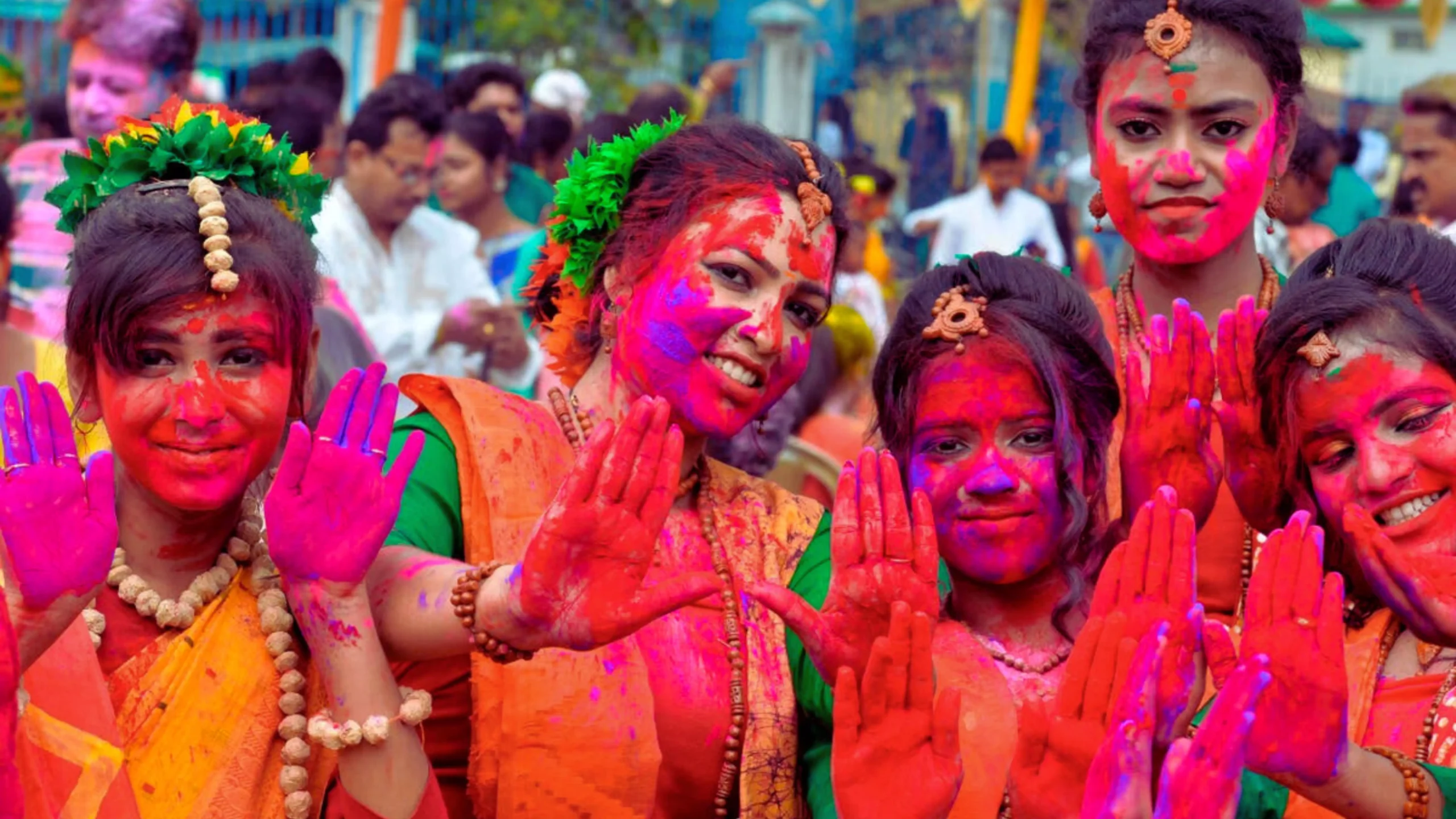Introduction
Festival icons play a crucial role in cultural celebrations around the world, acting as symbols of collective memory and identity. In the Netherlands, Zwarte Piet (Black Pete) is one such figure that sparks significant interest and controversy due to its cultural implications and historical context. This article explores the cultural impact of Zwarte Piet, comparing it with other globally recognized festival icons to understand their roles in shaping public discourse and cultural identity.
Understanding Zwarte Piet
Zwarte Piet is a companion of Saint Nicholas in the annual Dutch festival of Sinterklaas, traditionally celebrated in early December. Originating from Dutch folklore, Zwarte Piet is depicted as a Moor from Spain, and his portrayal has evolved over the years, often dressed in colorful Renaissance attire and engaging in playful antics. This section delves into the historical origins and the evolving role of Zwarte Piet in Dutch festivities, highlighting the complexities of this character in modern society.
Global Perspectives on Controversial Festival Icons
Across cultures, festival icons often embody deep historical and cultural significances that can sometimes lead to public debate. This section compares Zwarte Piet with similar figures from various cultural backgrounds, examining how different societies react to and perceive these symbols. From the Native American-inspired mascots in the United States to the controversial history of blackface minstrelsy, this comparative analysis reveals the global nature of cultural sensitivity surrounding festival icons.
Cultural Significance of Festival Icons
Festival icons are not just festive figures; they are carriers of heritage and identity. Through the example of Zwarte Piet and others like him, we explore how these icons contribute to the preservation of cultural narratives and their impact on national identity. This section discusses the importance of these figures in maintaining cultural continuity while also considering their potential to perpetuate outdated or insensitive cultural stereotypes.
Controversies and Cultural Sensitivity
The depiction of Zwarte Piet has sparked significant debate in the Netherlands and beyond, primarily focusing on its perceived racial insensitivities. Similarly, other cultural icons around the world have faced scrutiny for their controversial representations. This section examines these controversies, offering a perspective on how cultural symbols can evolve in response to changing societal values and increased awareness of racial and cultural sensitivity.
Case Study: The Mardi Gras Indians (USA)
In New Orleans, the Mardi Gras Indians represent a fascinating cultural phenomenon where African American communities create elaborate costumes and partake in rituals that pay homage to Native American heritage. While celebrated for their artistic and cultural expression, they also face discussions about cultural appropriation and authenticity. This case study provides insights into the complexities of cultural representation and the balance between tribute and misappropriation.
Case Study:
Case Study: The Gollywog (UK)
The Gollywog originally emerged as a children’s book character in the late 19th century and later became a popular toy in Britain. Characterized by its black skin, white-rimmed eyes, and frizzy hair, the Gollywog has been a subject of controversy due to its racist connotations. This case study explores its origins, its widespread acceptance in the past, and the societal shift that led to its decline in popularity as public understanding of racial sensitivity grew. It highlights the impact of changing cultural norms on traditional symbols.
Case Study: Black Pete (Caribbean)
Black Pete, or Zwarte Piet as he is known in the Caribbean, shares some similarities with the Dutch version but has adapted uniquely within local celebrations. This section compares the two, examining how each culture has integrated this character into their festive traditions and the varying levels of acceptance and controversy each has engendered. It also discusses the cultural dialogues that these portrayals have sparked regarding race and identity in Caribbean societies.
Media’s Role in Shaping Public Opinion
The media plays a pivotal role in shaping how cultural icons are perceived and discussed in public forums. Through coverage, commentary, and criticism, the media influences public opinion and can drive cultural change. This section analyzes how different media portrayals have affected the public perception of controversial festival icons like Zwarte Piet, examining cases where media intervention has led to significant cultural shifts.
Government and Institutional Responses
Governments and institutions often find themselves at the center of cultural debates when it comes to controversial symbols. This section outlines various governmental and institutional responses to festival icons like Zwarte Piet, from legislative changes to public statements and policy adjustments. It discusses how these responses reflect broader societal values and the role of governance in mediating cultural conflicts.
Community Responses and Initiatives
At the grassroots level, communities play a crucial role in addressing cultural controversies. This section highlights several community-driven initiatives that have sought to reinterpret or reform traditional symbols in more culturally sensitive ways. It showcases examples from various countries where local actions have led to significant changes in how cultural icons are celebrated or depicted.
The Future of Festival Icons in Multicultural Societies
As societies become increasingly multicultural, the role and representation of traditional festival icons are called into question. This section explores the challenges and opportunities that lie ahead for cultural symbols like Zwarte Piet in multicultural settings. It discusses potential paths for these icons, considering the need for cultural adaptability while respecting historical and cultural significances.
Expert Opinions and Cultural Studies
Drawing on insights from cultural experts and recent academic studies, this section delves into the ongoing discussions about festival icons and their impacts on society. It reviews scholarly perspectives on cultural representation, the evolution of public sentiments, and the future of controversial symbols in light of current cultural studies.
Conclusion
Festival icons like Zwarte Piet serve as mirrors reflecting the complex interplay between tradition and modernity in cultural celebrations. This comparative analysis underscores the need for ongoing dialogue and sensitivity as societies evolve. It calls for a balanced approach that respects historical traditions while adapting to contemporary cultural values and norms.
FAQs
What is the historical origin of Zwarte Piet?
Zwarte Piet originated in the 19th century as a companion to Saint Nicholas in Dutch folklore, depicted as a Moor from Spain.
How have other cultures dealt with controversial festival icons?
Different cultures have responded in various ways, from complete removal of the icons to adaptations and discussions aimed at reinterpreting their meanings in a contemporary context.
What role does the media play in shaping the perception of cultural icons like Zwarte Piet?
The media influences public opinion through coverage and critique, potentially spearheading change by highlighting issues of cultural sensitivity and prompting public debate.
Can cultural symbols like Zwarte Piet be adapted to fit modern multicultural societies?
Yes, there are opportunities for adaptation that respect both historical significance and contemporary cultural values, often through community-driven initiatives and open dialogues.
What can governments do to address the controversies surrounding traditional cultural icons?
Governments can facilitate discussions, enact policies that reflect societal values, and support educational initiatives aimed at promoting understanding and respect for cultural diversity.




